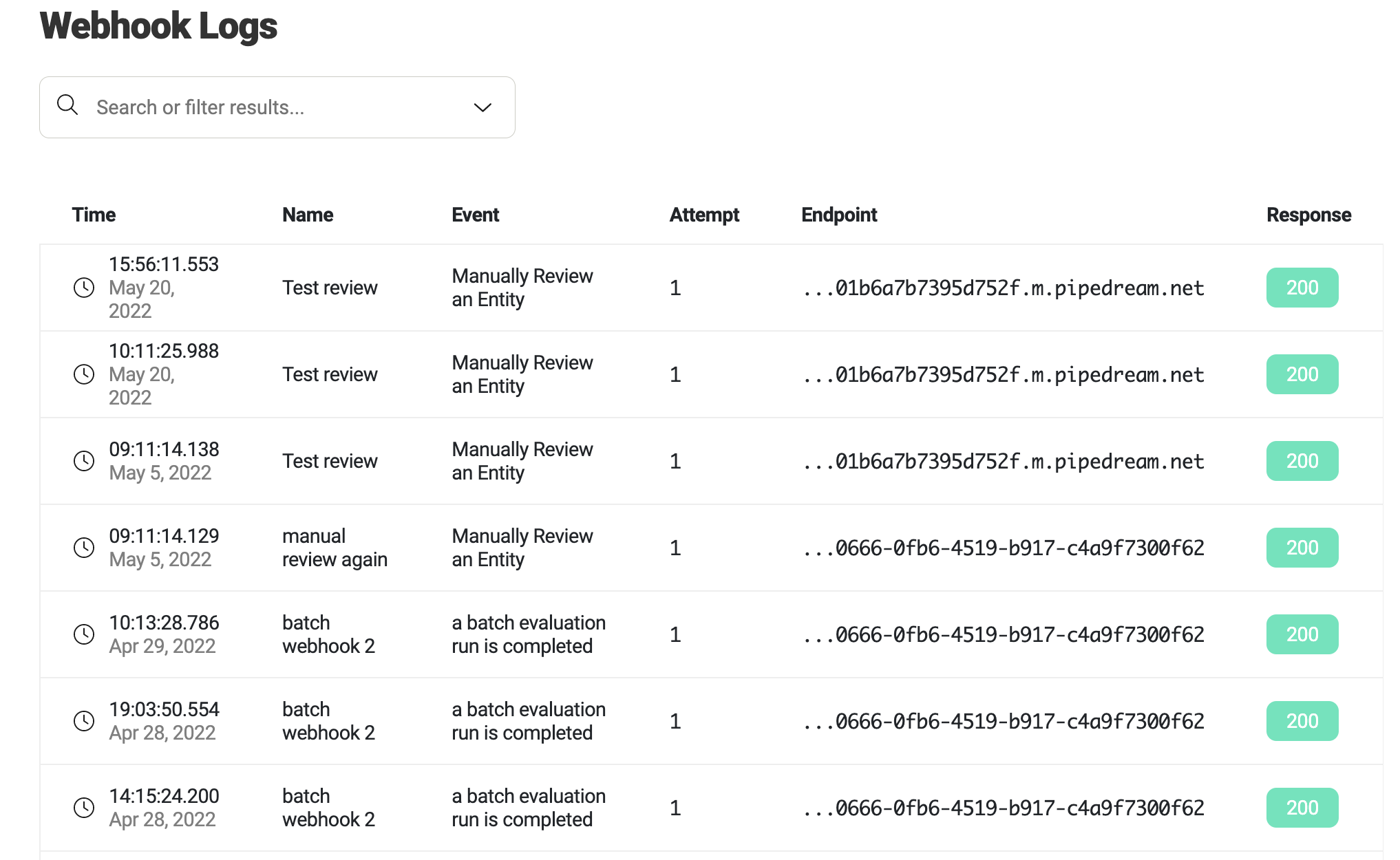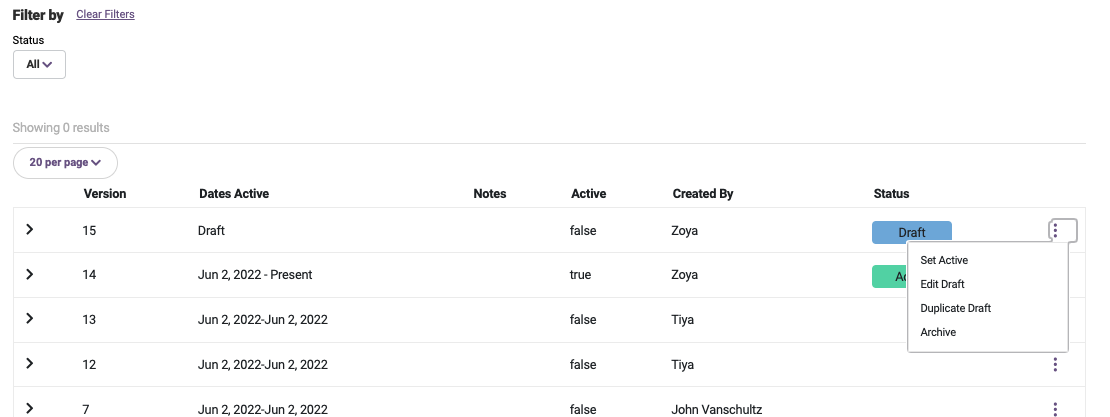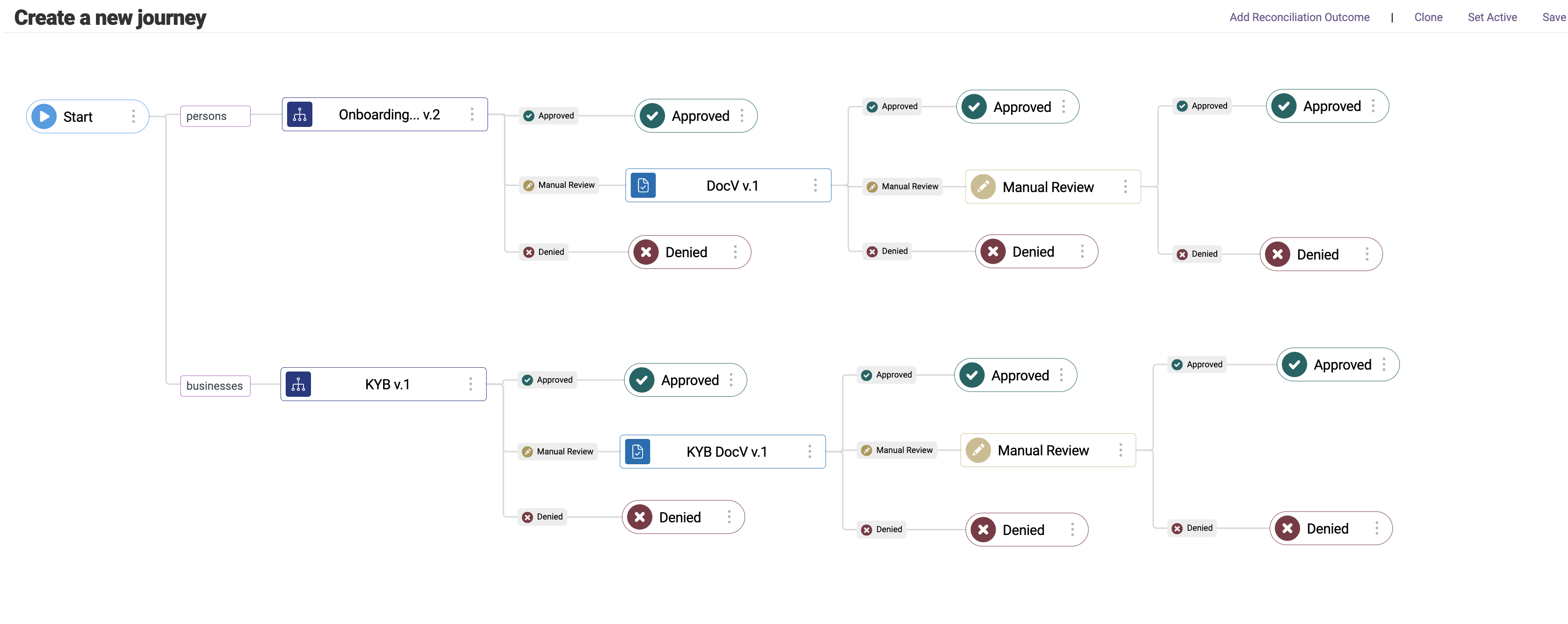Applications with multiple entities now supported in Application Queue
For clients using Journeys, applications that include multiple entities applying together are now supported within the Application Queue. This includes use cases that involves multiple applications for joint applications as well as business applications. Agents can now see applications that include multiple entities within a unified view and no longer have to toggle between multiple views in order to review each entity within an application. Both evaluation and journey application reviews can be handled from the same screen.
This functionality replaces our Groups feature in a more unified and user-friendly way. To view multi-entity applications within the Application Queue, clients must be integrated with Journeys and use the new “entities array” api schema. View our documentation for additional details.
If you’d like to try Journeys, reach out to your CSM or [email protected] to learn more.





